Hello, Maya!
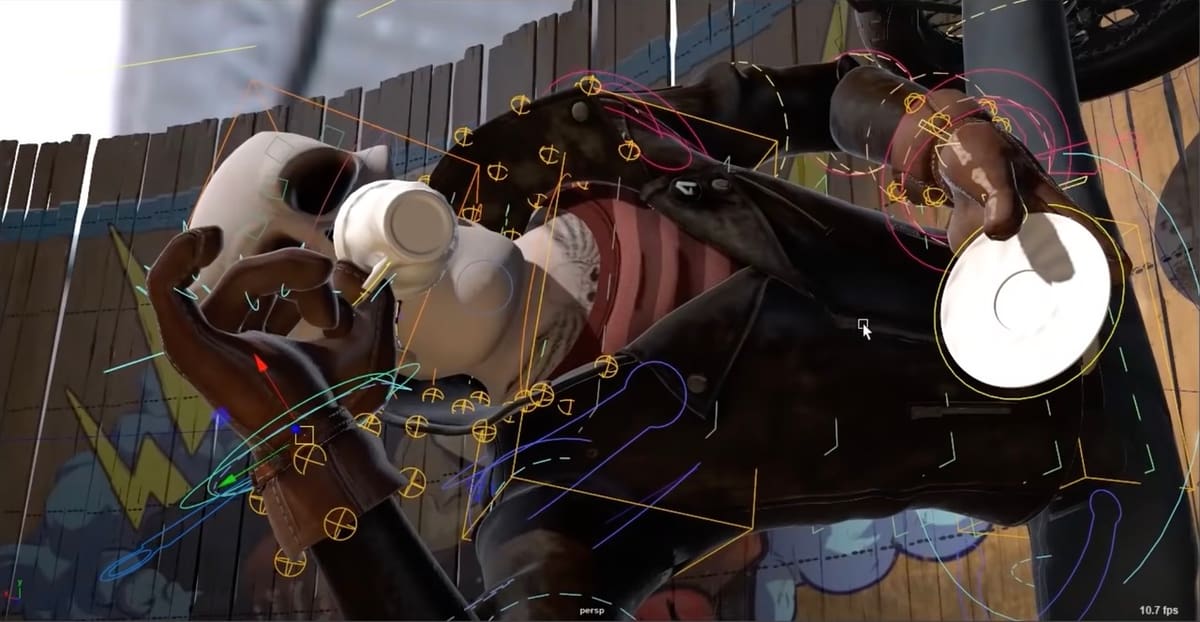
If you’re new to the world of computer-automated design (CAD) software, Autodesk’s Maya has its origins in the world of animation, so it stands to reason that it’s a perfect tool for 3D modeling. Maya allows you not only to do animation, but it’s also great for endlessly creating and designing both games and special effects. Whether you’re looking to get started with Maya modeling or you’re already a Maya fan and looking to expand your skillset, tutorials are great resources.
In this article, we provide a list of the best video tutorials that will broaden your Maya horizons in no time. For each tutorial, we’ll discuss its cost (if any), its user-friendliness, how popular it is, as well as other relevant videos that either its creator or host domain have put out to help users develop additional skills. To help you find the right one for you, we’ve grouped our picks into three categories: Perfect for Beginners, Focus on Characters, and Maya Tips & Tricks.
What to Look For
There are tons of Maya tutorials out there, so we’ve compiled this list by focusing on the following considerations:
- Level: Some tutorials are intended for users who are just dipping their toes into the Maya waters, while others might be better for experienced users looking to expand their skillset. So, we’ve classified each with user levels (beginner, advanced beginner, intermediate, and advanced) to indicate who might benefit most from the tutorial. Of course, even if you’re an experienced user, there’s nothing to stop you going back to basics!
- Clarity and helpfulness: For video tutorials, you don’t want to be wasting your time watching someone introducing a topic for 20 minutes without actually getting to the meat of it, so these videos have been vetted for such issues. Our selections are quite popular, enjoying a wide variety of users and have often been referenced in Maya discussion forums as well.
- Expertise: The majority of these videos are created by experts in their fields, such as professors, professional animators, and experienced 3D designers. Their breadth of knowledge allows other users to benefit greatly from their teaching.
With that out of the way, let’s dive into our list!
Perfect for Beginners
The tutorials in this category are, as one might guess from the title, best suited to beginners for whom Maya software is completely new or those who have limited experience. These videos allow beginning users to gain some basic competence and understanding of the fundamentals of Maya.
Basic Skills
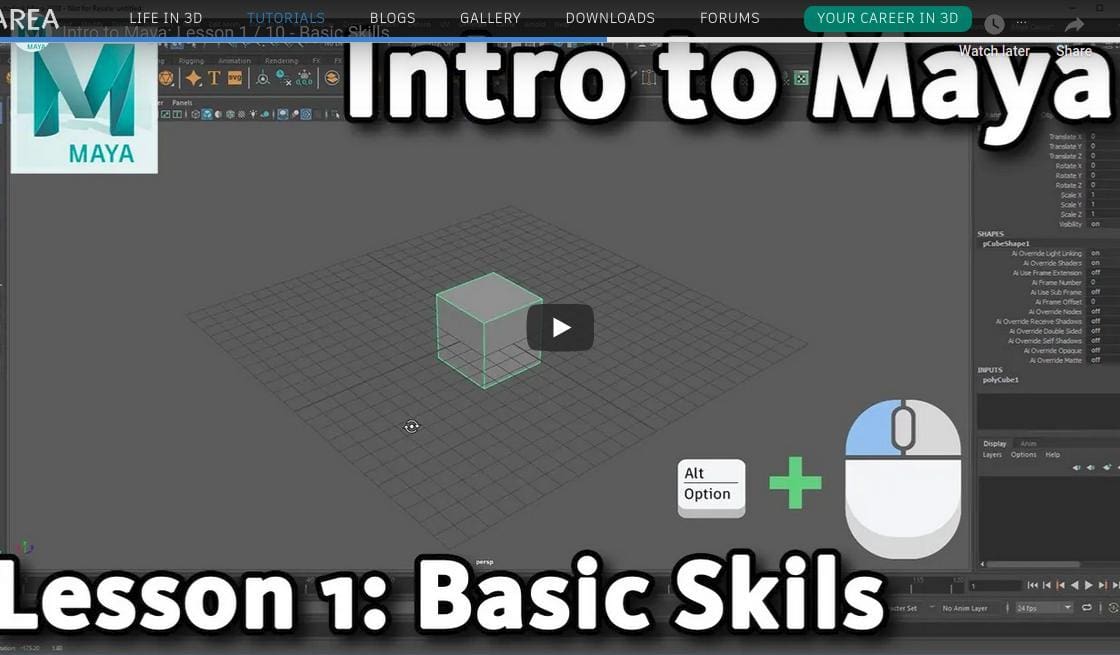
Created by a senior content experience designer at Maya, Matt Chan, who also operates the official Maya YouTube channel, this series of video tutorials take Maya beginners step by step through many of the building block essentials that you’ll need to gradually master the software.
The tutorial leads in with a guide to creating basic shapes and then transitions to building simple models so that users gain gradual confidence in using Maya. Users will also learn essential coloring, shading, and animation techniques as they progress through this crystal-clear mini-series. Matt Chan’s audio guidance is well-paced and syncs up as smooth as butter through his precise visual instructions.
Price: Free
Level: Beginner, advanced beginner
Biggest takeaway skill: Mastering Maya fundamentals
Where to view it: Autodesk Area, YouTube
Essential Training with George Maestri
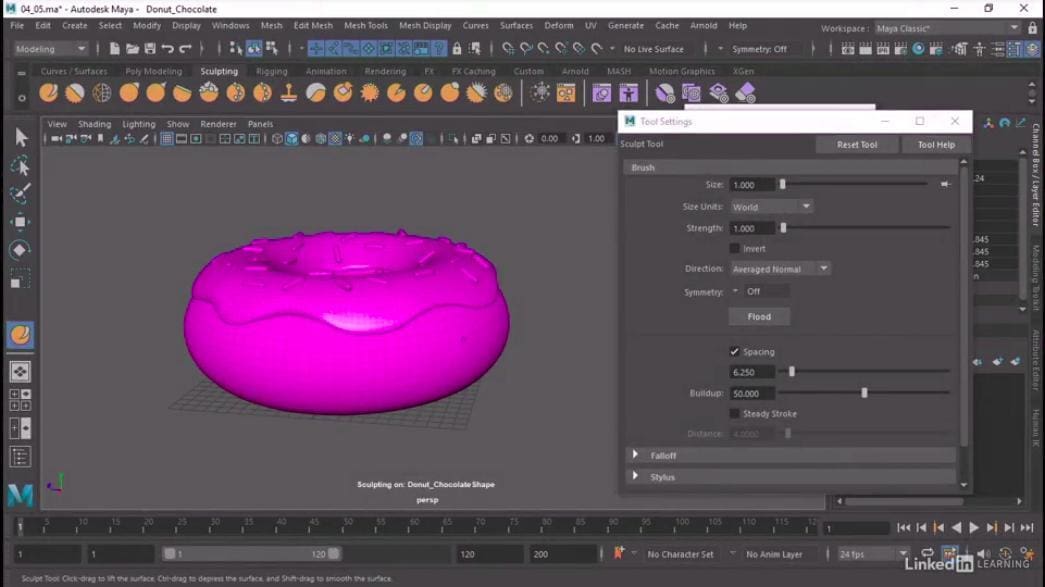
George Maestri is a highly experienced animator, producer, and storyteller who has really honed his craft to share with others. He has created an extensive course with over four hours of content for Lynda (LinkedIn Learning), which is free to you when you sign up for a one-month trial period. After the trial period, you can pay to take advantage of their many other courses as well.
This video tutorial provides a very thorough introduction to Maya for someone just starting out. Maestri leads you confidently through the cornerstones, such as sculpting and modeling meshes, smoothing, and creating curves.
Price: Free with a one-month Lynda trial period, must pay premium membership to access exercise files
Level: Beginner
Biggest takeaway skill: Mastering the fundamentals of Maya 2020
Where to view it: Lynda from LinkedIn
Beginner Projects
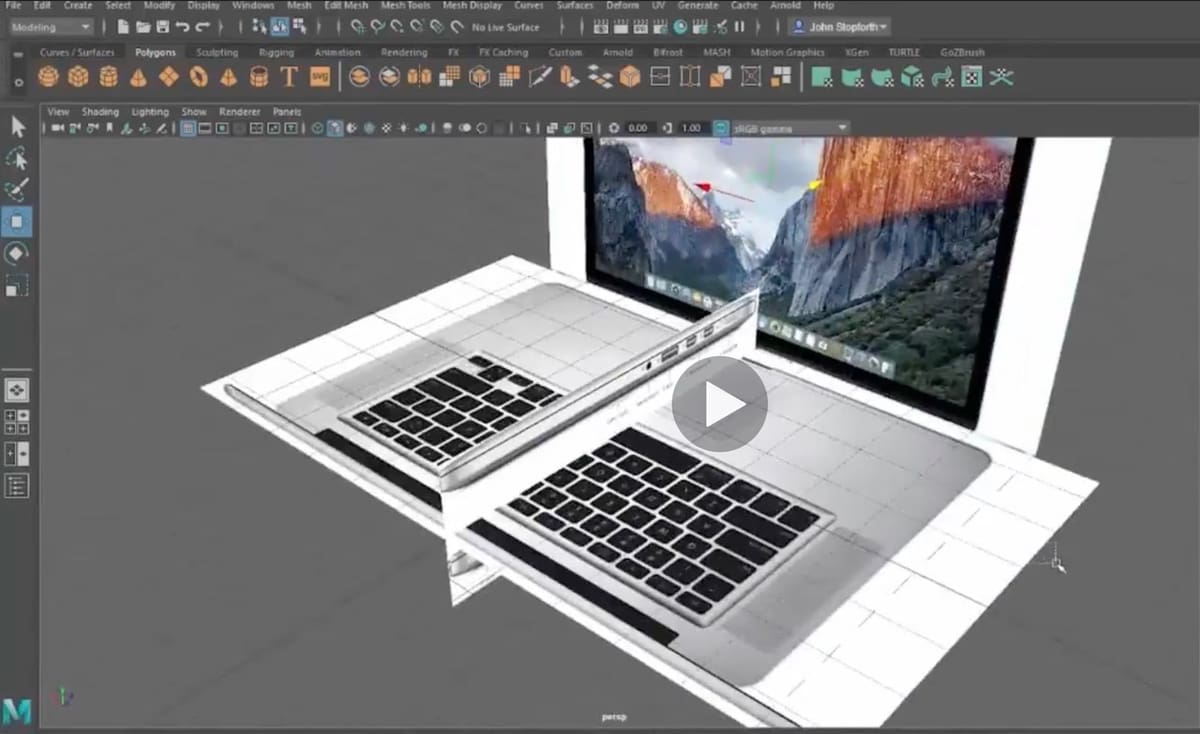
Udemy is a website offering a vast array of online courses in a wide variety of categories, including 3D design. Some courses are free of charge, while some require a free. This tutorial on beginner-level Maya projects is free of charge and developed by a seasoned member and educator of the visual effects (VFX) and gaming industries.
In this particular tutorial, you’ll work on creating a basic everyday object, in this case, a MacBook. John Stopforth, your teacher, will walk you through several different modules, including image capturing and setting up viewports. This tutorial is geared towards someone who has mastered a few basics in Maya but is looking to expand their skillset. Users give this tutorial very positive reviews overall.
Price: Free
Level: Advanced beginner
Biggest takeaway skill: Setting up and improving a basic model
Where to view it: Udemy
Focus on Characters
These tutorials give users specific help with using Maya for modeling and animating 3D characters, whether human or animal. Character work is a critical skill to master for all aspiring 3D graphic artists, and the following videos are here to help guide you through the process!
Heads
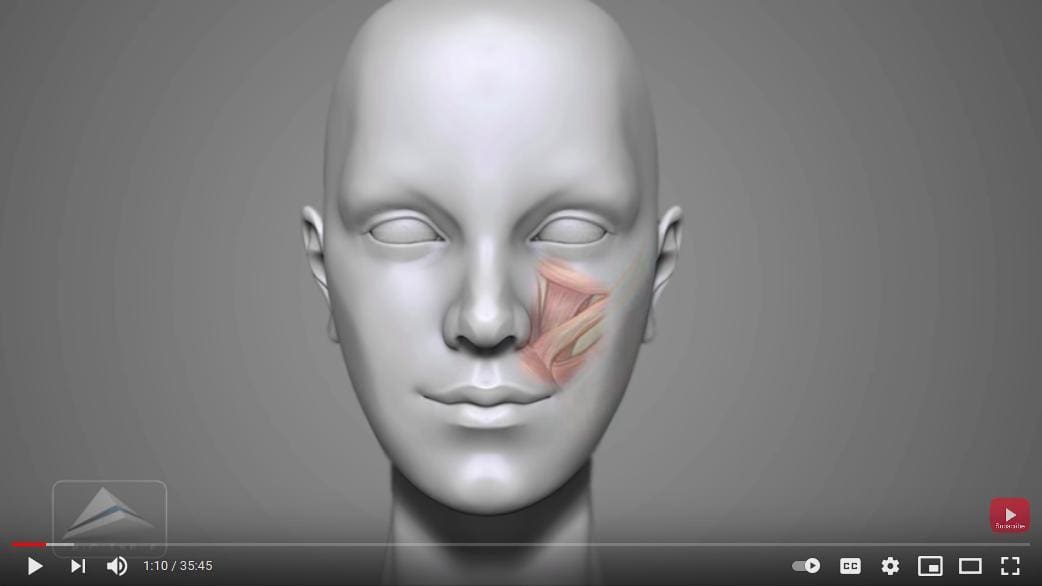
In order to properly animate a human character in Maya, mastering basic head modeling is a must. TrimitKala is a YouTube user with a very popular channel for 3D animation and Maya technique videos with over 15,000 subscribers. If you’re still rather new to Maya, TrimitKala also has beginner-level guidance videos on their channel as well.
This slow-paced, detailed, and thorough video (in two parts) walks you through the steps of modeling the head, going through each facial feature in straightforward piece-by-piece detail. User feedback is very positive for a good reason: This is a detailed tutorial that will really give you the confidence to master 3D modeling a human head so you can start getting creative with your characters.
Price: Free
Level: Advanced beginner, intermediate
Biggest takeaway skill: Head modeling
Where to view it: YouTube
Walk Cycle
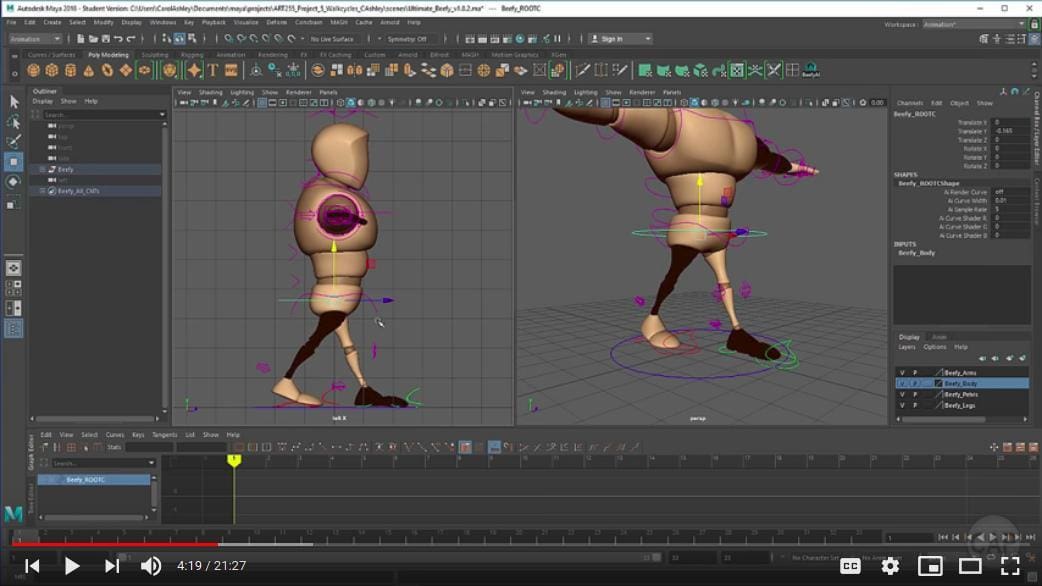
Carol Ashley, your guide in this precise tutorial, is an expert in her field. She has worked on visual effects and 3D animation for numerous films and is an acclaimed professor at CSU Fullerton. Her well-regarded videos really show users how to build spark and creativity into their Maya animated characters.
A basic walk cycle is a critical piece of knowledge in Maya character animation development. The tutorial covers tempo, a rig overview, contact pose, and reverse contact. Carol’s instructions are well-paced and detailed, and her audio is very clear and easy to understand. Her entire channel is well worth the time for gaining additional character skills.
Price: Free
Level: Intermediate, advanced
Biggest takeaway skill: Character walk cycle
Where to view it: YouTube
Quick Rig and Hands
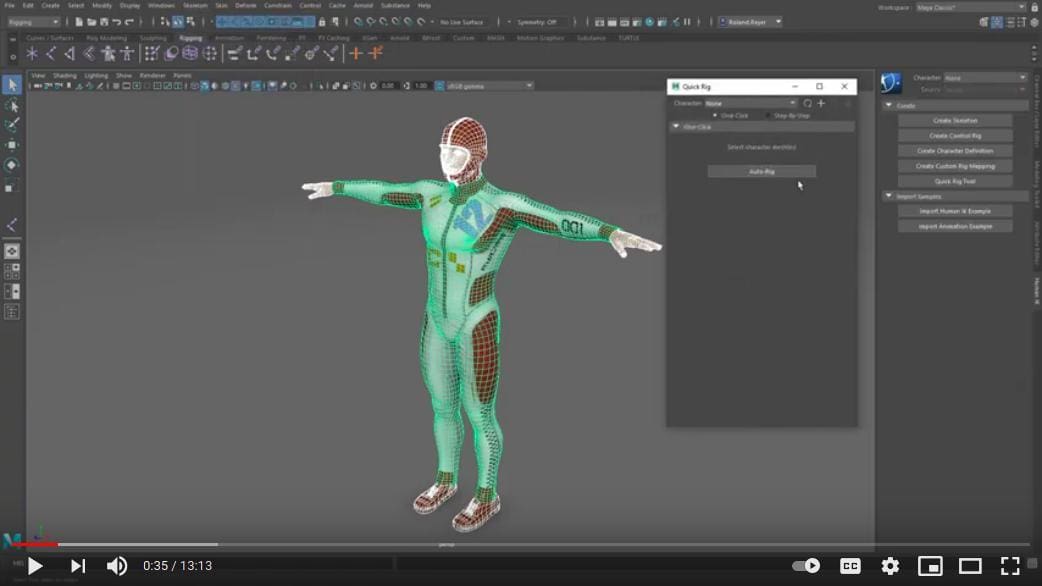
Roland Reyer, an application engineer who has been working with Maya since its inception, is here to help you with some of your character-focused Maya needs. He offers a well-curated array of free tutorial videos that hone in on specific character modeling skills including rigging, tension, UVs, and liquid objects.
In this tutorial, Reyer addresses the issue with Quick Rig and hands: The Quick Rig tool is not able to create bones for the hand. To resolve this problem, he carefully walks users through a manual method for adding in a hand skeleton to characters in a simple and fast manner. A bonus is you can use this technique for other parts as well, such as feet.
Price: Free
Level: Intermediate, advanced
Biggest takeaway skill: Fast manual addition of any skeleton part with Quick Rig
Where to view it: YouTube
Tips & Tricks
Geared towards intermediate or more experienced users, these tutorials will help you expand your repertoire of Maya skills. They’ll also give you an idea of some resources you could turn to in the future for helpful Maya tips and tricks.
Secrets
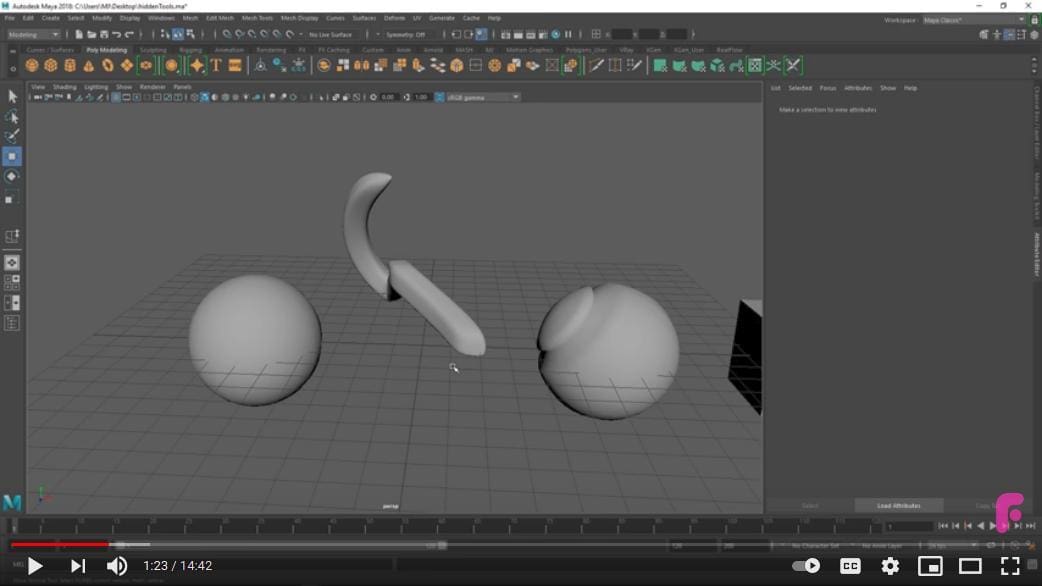
Operated by two senior character artists, Henning Sanden and Morten Jaeger, with years of experience in producing film effects, the FlippedNormal YouTube channel (as well as their website) helps aspiring animators hone their craft.
This particular video is the epitome of “tips and tricks”, as it goes over a variety of helpful Maya secrets, such as keyboard shortcuts, custom hotkeys, edge flow, as well as how to circularize. Extremely popular, Sanden and Jaeger’s teaching style is very down to earth and suits a variety of user levels, even the most experienced.
Price: Free
Level: Intermediate, advanced
Biggest takeaway skill: Circularize tool, hotkeys, modeling improvement
Where to view it: YouTube
Texturing
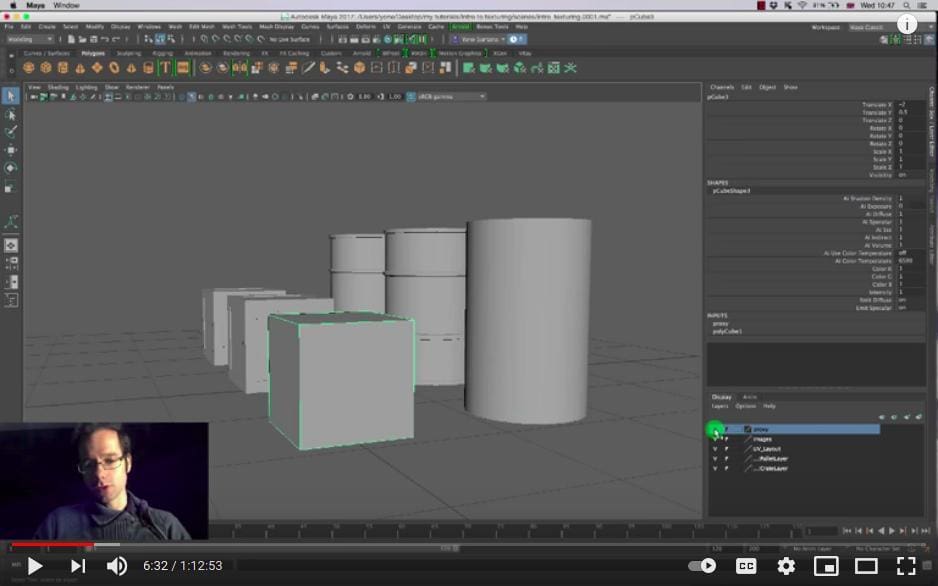
Yone Santana, a very popular video tutorial creator for animation and a well-versed 3D animator himself, walks through some important texturing skills in this insightful free tutorial. Santana’s channel allows you to pick up additional Maya tidbits at your own pace of exploration.
In the tutorial, you’ll learn how to use UVs to do texturing in Maya, an important skill to master. UVs define texture coordinates, correlating to an object’s vertices, that are used to map image textures onto an object’s surface mesh. Yone discusses the texturing process in an organized and competent manner that will make you feel confident about adding the correct texture to your animation projects.
Price: Free
Level: Advanced beginner, intermediate
Biggest takeaway skill: Using UVs for texturing
Where to view it: YouTube
Tires
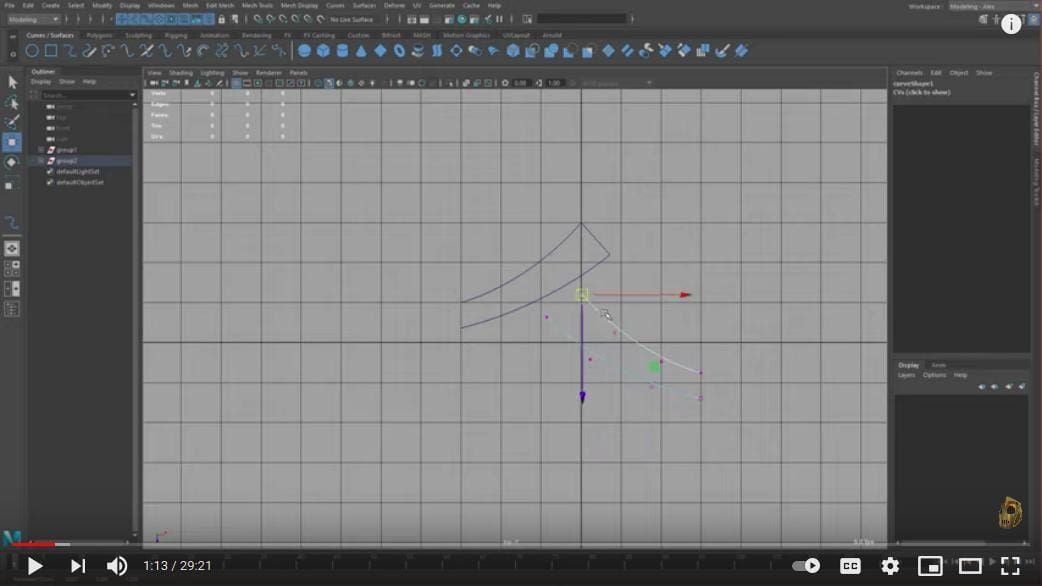
Mike Hermes is a 3D animator who loves sharing his passion with amateur and professional Maya users alike. His videos provide solid, straightforward advice on reducing time spent with various modeling tasks as well as improving and building upon users’ existing animation skillsets.
As an essential vehicle component, tires are a critical skill when doing any kind of vehicle modeling in Maya. This tutorial walks users through each step of the process, covering points such as extrusion and tire thickness. Hermes keeps the timeframe to a bare minimum, requiring only seven minutes to complete the task (though, of course, you can pause as much as necessary). You won’t find this type of animation scary anymore with Mike at your side!
Price: Free, though he also has a paid membership Patreon channel
Level: Intermediate, advanced
Biggest takeaway skill: Tire modeling
Where to view it: YouTube
Cloth
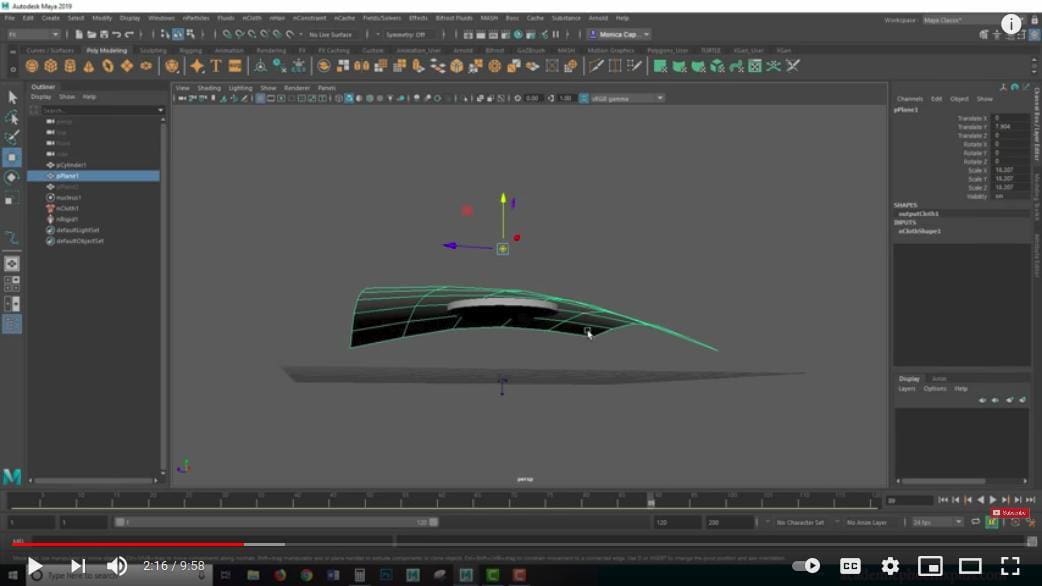
Using Maya 2019, Monica, also known as the “Academic Phoenix”, demonstrates how to start out with nCloth to allow for realistic cloth simulations for characters, furniture, or clothing. Monica is an experienced artist and teacher, and her channel specializes in animation with a heavy focus on Maya.
The tutorial walks users through important skills such as having the cloth maintain shape, stickiness, object drops, passive colliders, rigidity, collision, and friction. You’ll learn to work with a simple piece of cloth throughout the tutorial. Monica gives directions with confidence, and her audio directions are easy to follow and well synced with her visual guidance.
Price: Free
Level: Intermediate, advanced
Biggest takeaway skill: Basics of nCloth
Where to view it: YouTube
Pillows
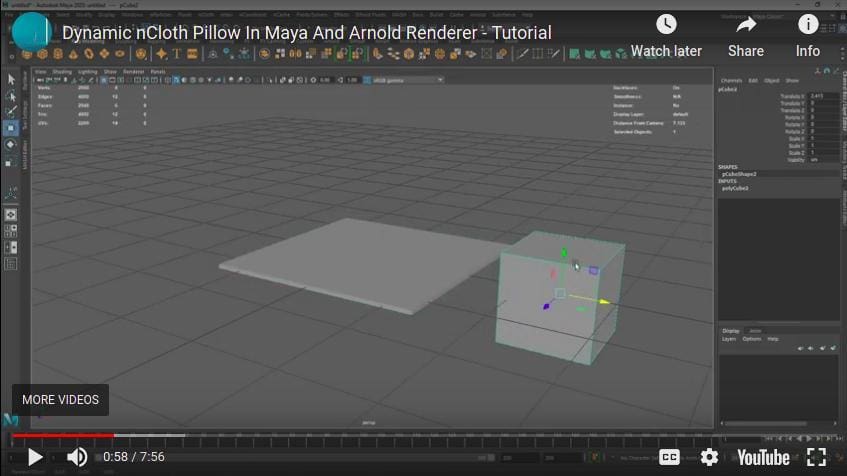
The final video tutorial on our list comes from the popular site Lesterbanks, a fantastic resource for 3D animators and designers as well as VFX artists. There’s a wide range of additional tutorials if you’re looking to further develop your animation skills.
Geared towards users that have some experience using nCloth, this tutorial shows how to utilize nCloth for soft modeling, which allows for faster methods for the animation of realistic-looking cloth. The instructor, Reimagine Fx, demonstrates these techniques by modeling a pillow. What’s particularly notable is the demonstration of collision when two pieces of cloth interact with one another.
The previous tutorial also dealt with nCloth, but this tutorial will take some of the more bare-bones nCloth skills and really help you move to the next level with the software, as cloth animation can be challenging to master.
Price: Free
Level: Intermediate, advanced
Biggest takeaway skill: NCloth dynamics and pressure settings
Where to view it: Lesterbanks
Lead image source: TrimitKala via YouTube
License: The text of "Best Maya 3D Modeling Tutorials (Most Are Free)" by All3DP is licensed under a Creative Commons Attribution 4.0 International License.
